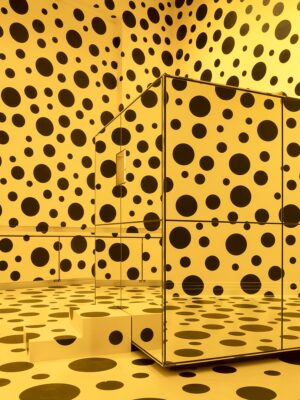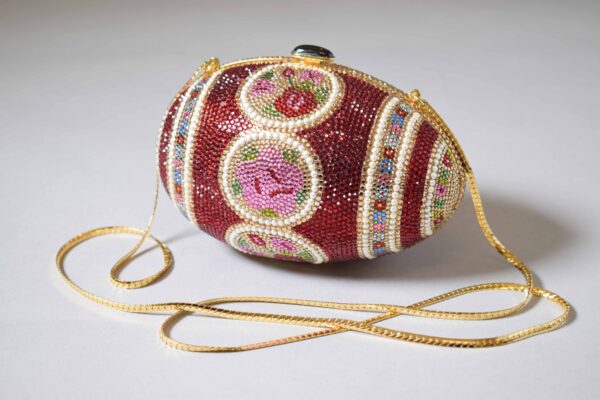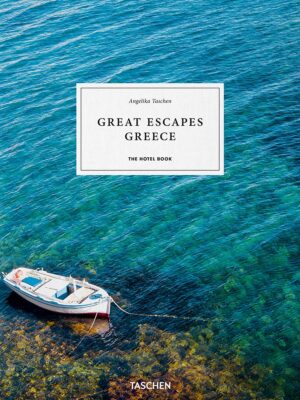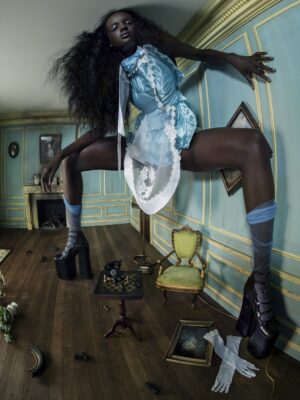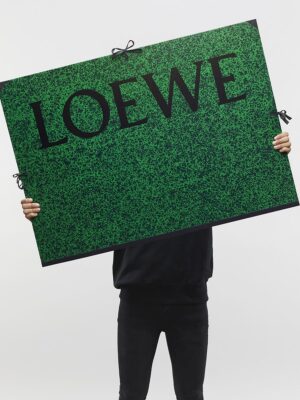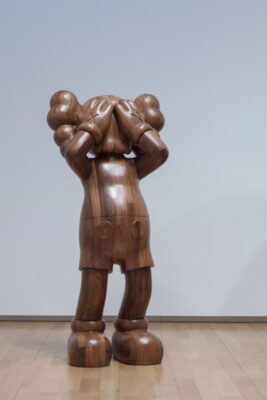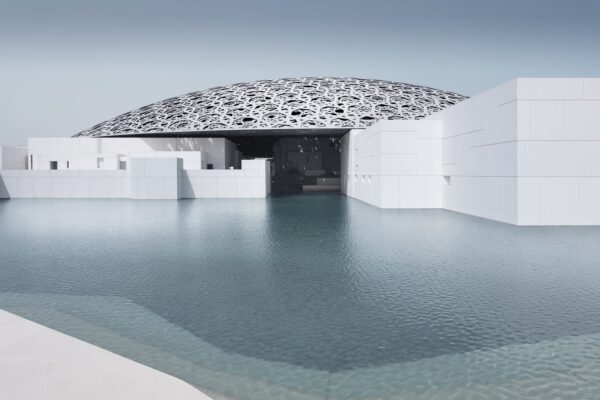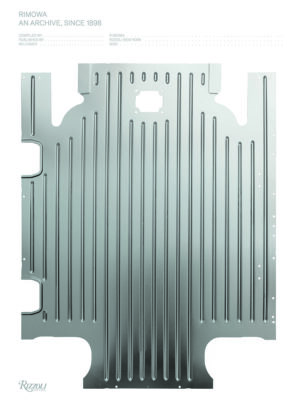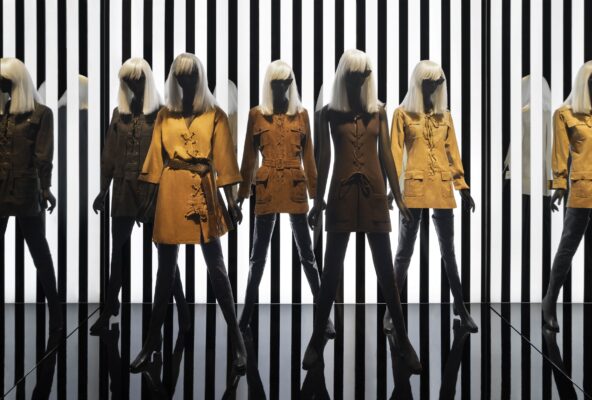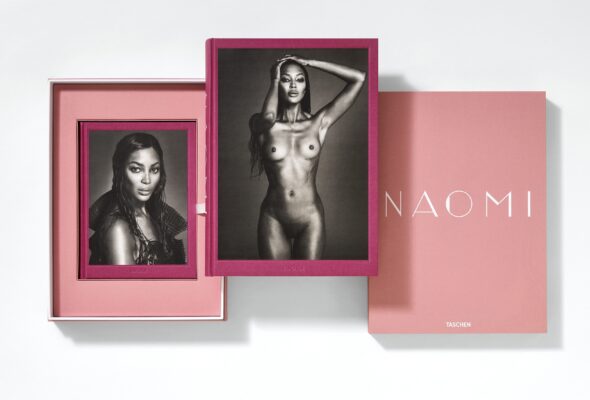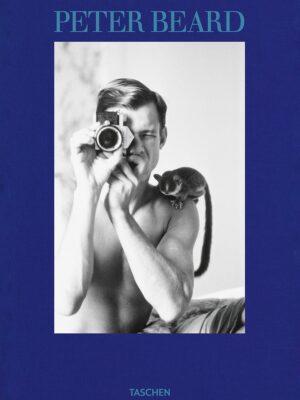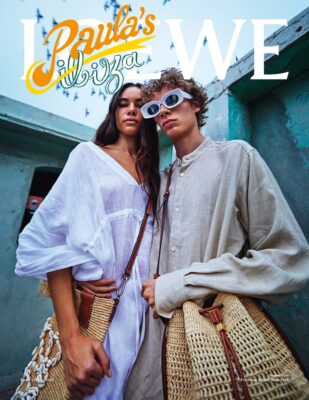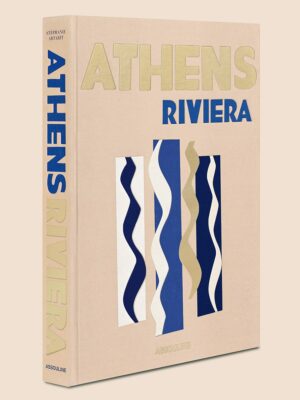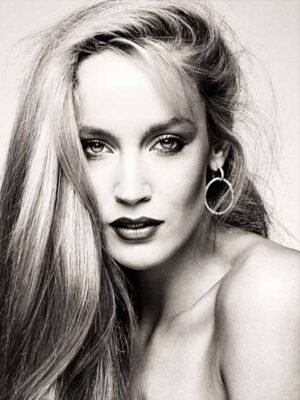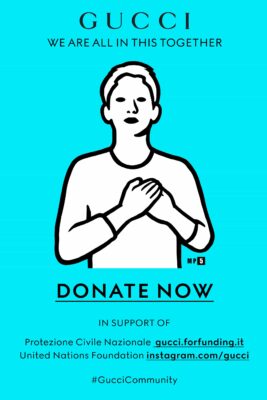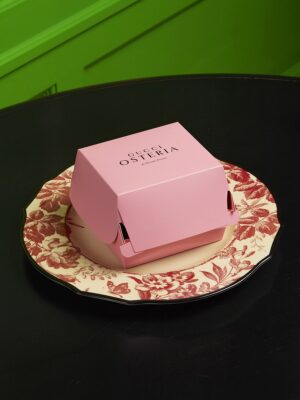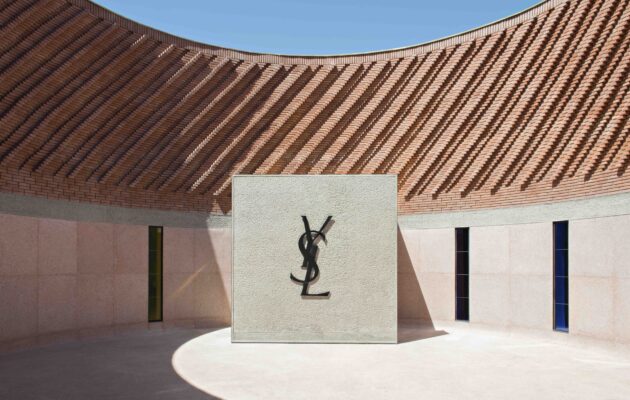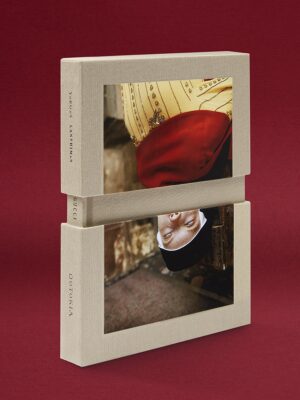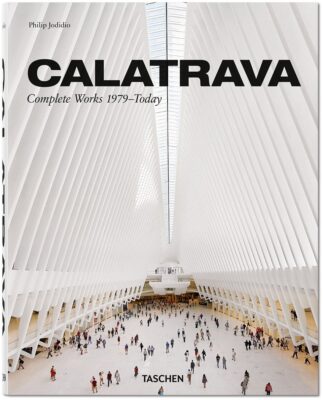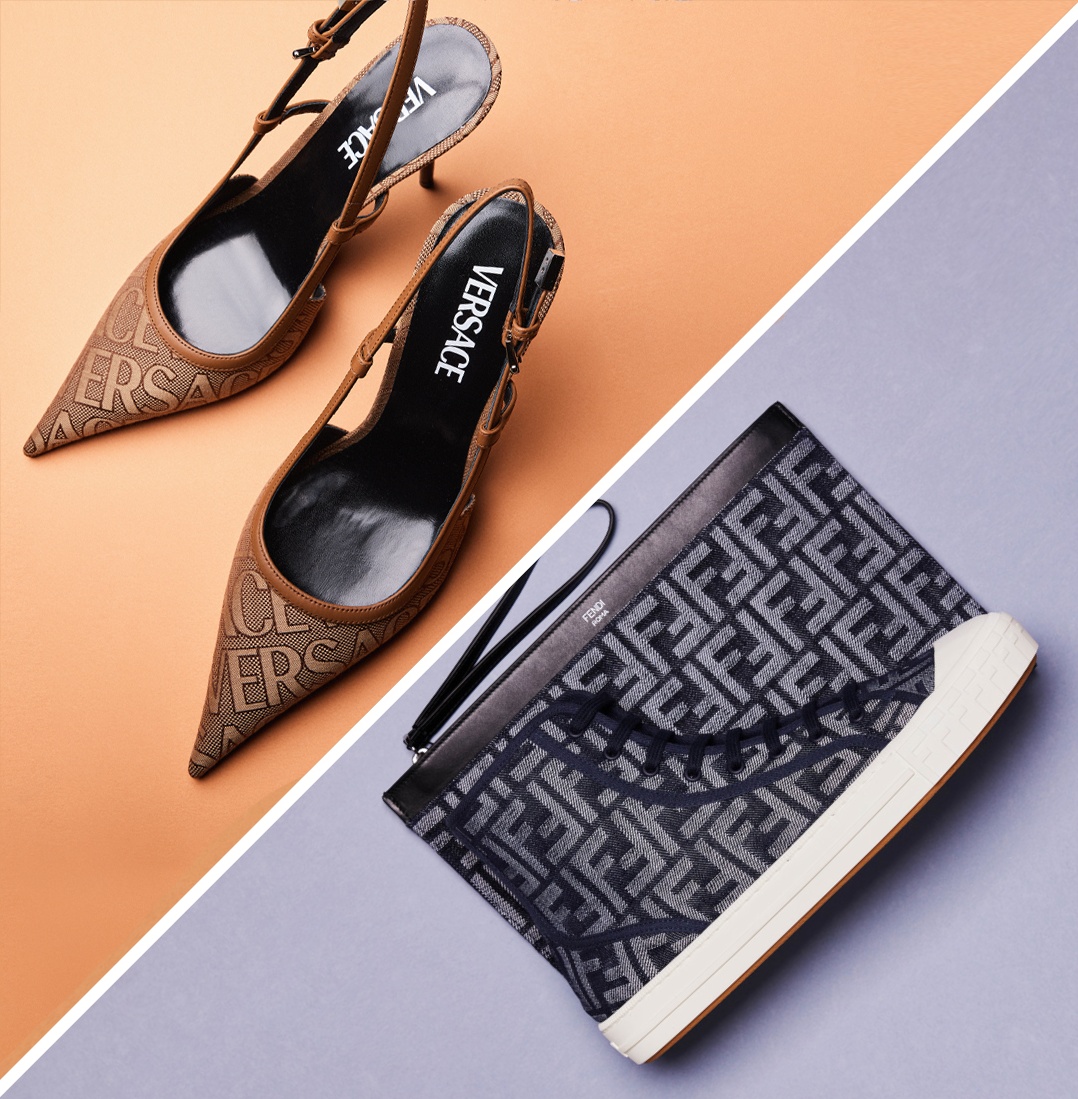HARPER’S BAZAAR
PREMIER MAGAZINE DE MODE
The Musée des Arts Décoratifs has re-opened its fashion galleries with a major exhibition dedicated to Harper’s Bazaar. Harper’s Bazaar. First in Fashion (Harper’s Bazaar. Premier magazine de mode) will be showcased until the 14th of July, chronicling the milestones and evolution of a publication carrying one hundred and fifty two years of fashion history. From the vision of the great artists and photographers who contributed to its instantly recognizable style, like Man Ray, Salvador Dali and Andy Warhol to Richard Avedon, and Peter Lindbergh to couture and ready-to-wear pieces (sixty in total) that are displayed next to images of them as they were originally featured in the magazine.
Staged on two floors of the fashion galleries, the exhibition is arranged chronologically around different themes that have emerged throughout Bazaar’s history. It aims both to highlight Bazaar’s contribution to the evolution of the female silhouette over the past 152 years and to show how the magazine’s epochal images were conceived through the sketches, photographs, and patterns that preceded and inspired them.
Special reference is due to the unique tribute of the exhibition to three major figures in Bazaar’s history: Carmel Snow, Alexey Brodovitch, and Diana Vreeland. The three visionaries who created a modern aesthetic approach that is still as influential today. Harper’s Bazaar: First in Fashion is the first exhibition dedicated to a fashion magazine. Looking beyond the photographs at the impact of the editorial and artistic direction, the men and women behind it all, it explores how magazines have helped define what fashion truly is.
A slice of history:
Bazaar was launched in 1867 by Harper & Brothers as a women’s magazine focused on fashion, society, arts, and literature. Styled after European fashion gazettes, it stood out for its commitment to the cause of women. Its first editor, Mary Louise Booth, was a suffragist and an abolitionist who supported the Union during the American Civil War. In the 20th century, Picasso, Cocteau, and Matisse were among the many French artists to be featured in the magazine. Bazaar also published articles on the leading figures of American literature, as well as French giants such as Colette, Simone de Beauvoir, Françoise Sagan, Jean Genet, and André Malraux. Some of the greatest British and American writers, from Charles Dickens to Virginia Woolf, Patricia Highsmith, Truman Capote, and Carson McCullers, wrote for Bazaar. The magazine’s unique blend of fashion features and perceptive criticism made Bazaar a touchstone for fashion and graphic design. Great couturiers such as Charles-Frederick Worth, Paul Poiret, Jeanne Lanvin, Madeleine Vionnet, Elsa Schiaparelli, Christian Dior, and Cristóbal Balenciaga owe part of their myth to Bazaar’s prestige.
Until 14th of July, 2020 madparis.fr



